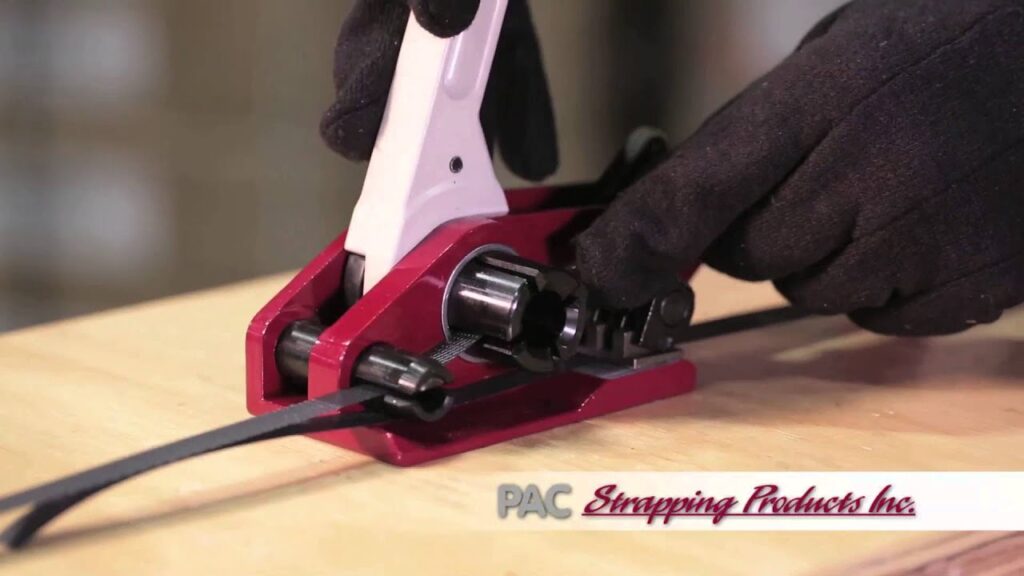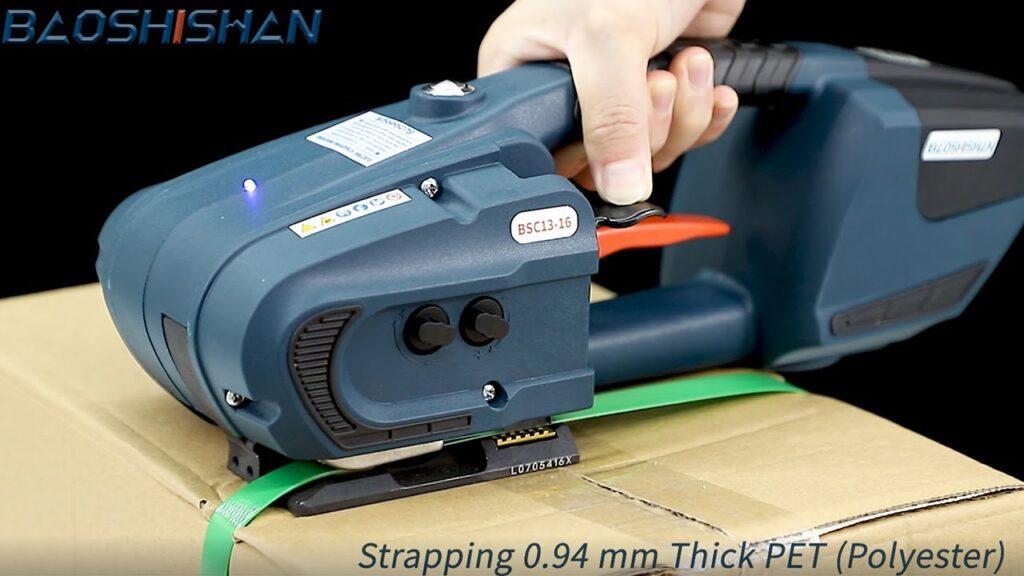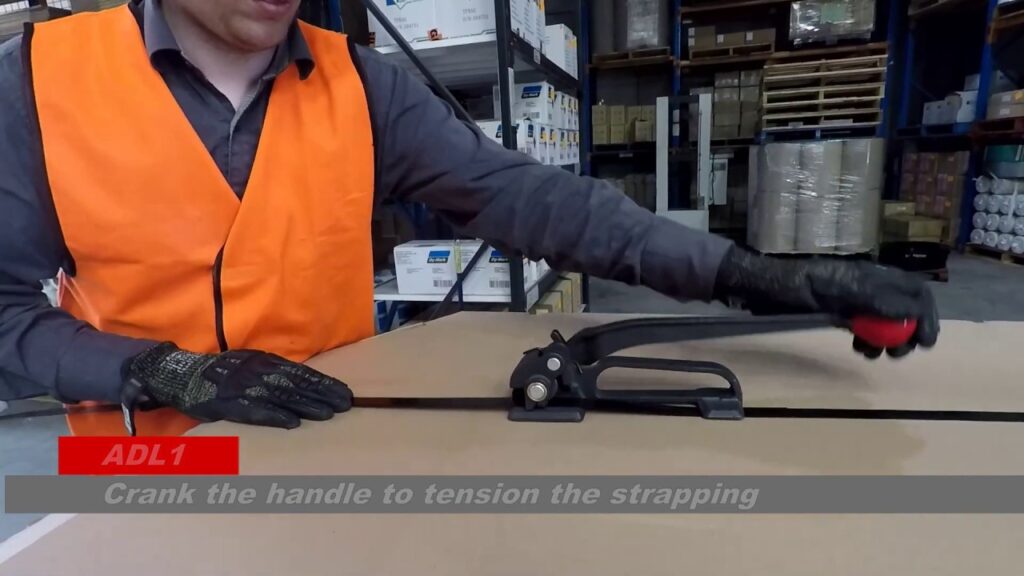How to Use a Windlass Tensioner and Manual Sealer with Plastic Strapping
In the world of packaging and shipping, finding efficient and reliable methods to secure loads is of utmost importance. One popular solution that has gained immense popularity is plastic strapping. Its ability to provide excellent tensile strength and durability makes it a go-to choice for many industries. However, understanding the correct techniques for efficiently utilizing plastic strapping and its accompanying tools is crucial to ensuring a successful and secure load.
In this article, we will delve into the process of using a windlass tensioner and manual sealer with plastic strapping. Whether you are a technical engineer, a customer, or simply a curious reader, this guide will empower you with the knowledge to optimize the use of a plastic strapping machine.
To kick things off, let’s discuss the importance of selecting the right tools for the job. The windlass tensioner and manual sealer are essential components when it comes to properly tensioning and sealing plastic strapping.
The windlass tensioner is designed to tighten the strapping, ensuring a secure grip around the load. This tool features a handle, a spool, and a ratchet mechanism that allows you to easily control the tension applied to the strapping. Make sure to choose a windlass tensioner that is suitable for the width and thickness of your strapping to achieve the desired tension.
Once the strapping is properly tensioned, the next step is to seal it. This is where the manual sealer comes into play. The manual sealer is responsible for sealing the strapping by crimping a seal onto the overlapping ends. This tool is equipped with a sealer head and a crimping mechanism that securely seals the strapping together.
Now that we have a basic understanding of the tools involved, let’s move on to the step-by-step process of using a windlass tensioner and manual sealer.
Step 1: Prepare the strapping
Before beginning the tensioning and sealing process, ensure that the length of strapping is suitable for your load. Cut the strapping to the desired length, leaving some extra length for tensioning and sealing.
Step 2: Position the windlass tensioner
Place the windlass tensioner on one end of the strapping, ensuring that the spool is aligned with the strapping. Make sure the handle is accessible for easy cranking.
Step 3: Apply tension
Start cranking the windlass tensioner handle, applying tension to the strapping. Keep cranking until the desired tension is achieved. It is crucial to maintain consistency in tension throughout the entire strapping application process.
Step 4: Secure the tension
Once the desired tension is attained, secure the tension by locking the windlass tensioner handle in place. This will prevent any slack or relaxation of the strapping.
Step 5: Position the manual sealer
Place the manual sealer on the other end of the strapping, ensuring that the crimping mechanism is aligned with the overlapping ends.
Step 6: Create a seal
Apply pressure to the manual sealer, crimping the seal onto the overlapping ends of the strapping. This will effectively secure the load.
Congratulations! You have successfully utilized a windlass tensioner and manual sealer to securely strap your load. Remember to conduct regular inspections to ensure that the strapping is still intact and providing the necessary strength.
In conclusion, plastic strapping is a valuable tool when it comes to securing loads for shipping and packaging purposes. By understanding the correct technique for using a windlass tensioner and manual sealer, you can ensure that your loads are secure and protected during transit.
Always remember to choose the appropriate tools for the job, follow the step-by-step process diligently, and conduct regular inspections. By doing so, you can guarantee the safe delivery of your goods and minimize the risk of any mishaps along the way.
So, next time you find yourself in need of efficiently securing a load, turn to a windlass tensioner and manual sealer with plastic strapping. With the knowledge gained from this article, you can confidently tackle any strapping task at hand.
Strapping Machines
Using a Windlass Tensioner for Plastic Strapping: Step-by-Step Guide to Efficient Packaging with a Strapping Machine


